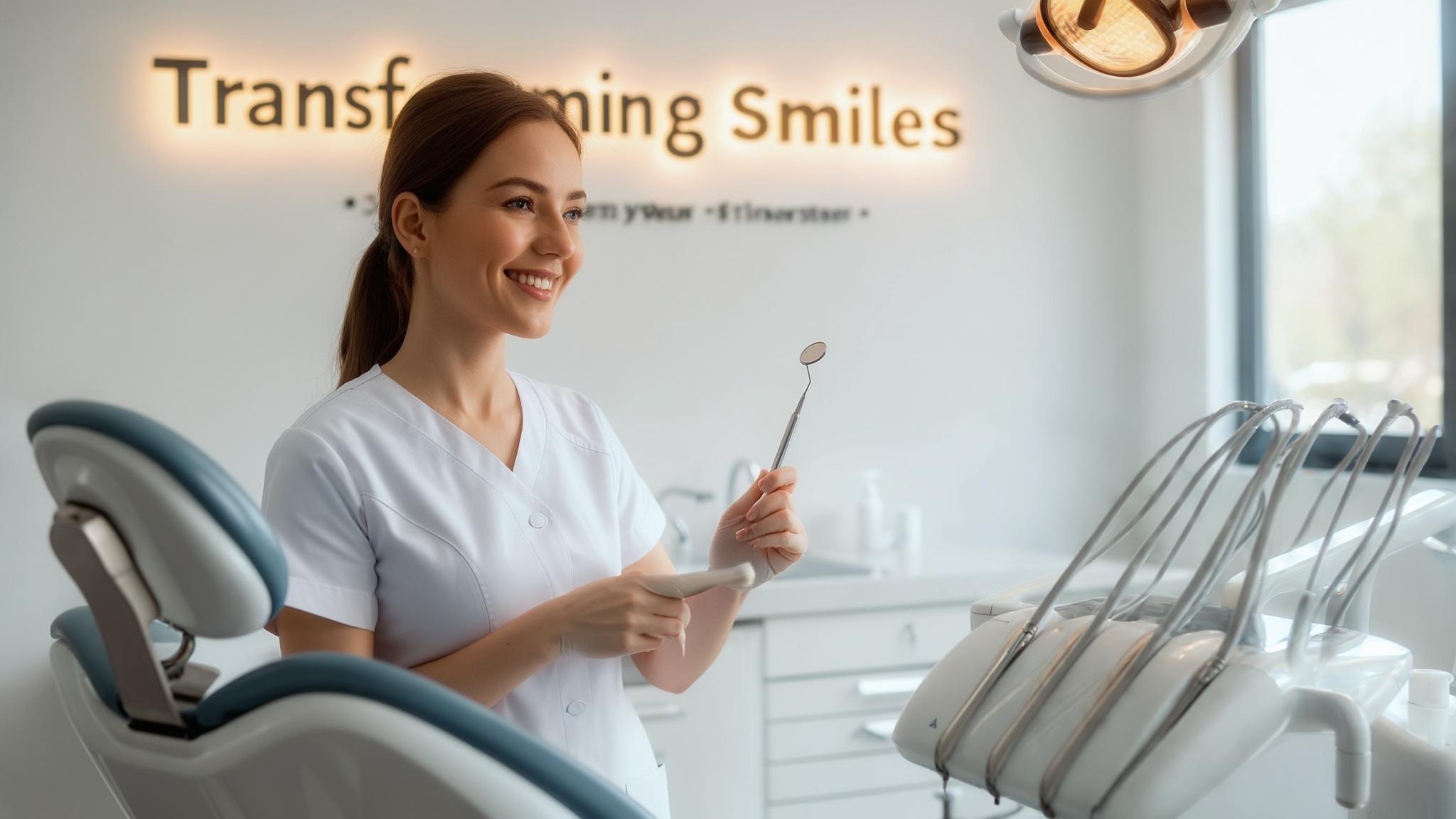Orthodontics: How Do Braces Work?
Introduction
Orthodontics is a specialized field of dentistry focused on diagnosing, preventing, and correcting misaligned teeth and jaws. Proper teeth alignment is crucial not only for a beautiful smile but also for maintaining optimal oral health. Misaligned teeth can lead to a variety of issues, including difficulty in cleaning, increased risk of tooth decay, and even jaw pain. Braces are one of the most common orthodontic treatments used to align teeth effectively.
The Basics of Teeth Alignment
Anatomy of Teeth and Jaw
Understanding how braces work begins with a basic knowledge of dental anatomy. Each tooth consists of several layers: the hard outer enamel, the supportive dentin beneath it, and the inner pulp containing nerves and blood vessels. The jawbone supports the teeth, playing a vital role in alignment. The roots of the teeth are anchored in the jawbone, which adapts and changes as teeth move.
Common Dental Issues Requiring Orthodontic Treatment
Many dental issues can necessitate orthodontic treatment:
- Crowding: When there isn't enough space for teeth to fit normally within the jaws.
- Gaps: Spaces between teeth that can occur naturally or due to missing teeth.
- Overbite and Underbite: When the upper teeth significantly overlap the lower teeth, or vice versa.
- Crossbite: When upper and lower teeth don't align properly when the mouth is closed.
Understanding Braces
Components of Braces
Braces consist of several components working together:
- Brackets: Small squares bonded to each tooth, holding the archwire in place.
- Archwires: Thin metal wires running through brackets, guiding teeth into position.
- Bands: Metal rings that encircle the back teeth, providing anchor points for the archwire.
- Ligatures: Small rubber bands or wires that attach the archwire to the brackets.
Types of Braces
There are various types of braces available:
- Traditional Metal Braces: Made of high-grade stainless steel, these are the most common type.
- Ceramic Braces: Made of clear materials, these are less visible than metal braces.
- Lingual Braces: Placed behind the teeth, making them invisible from the front.
- Clear Aligners (e.g., Invisalign): Removable trays that are custom-fitted to move teeth gradually.
The Mechanics of Braces
How Braces Apply Pressure to Teeth
Braces work by applying continuous pressure over time to slowly move teeth in a specific direction. When braces are initially placed or adjusted, they exert pressure on the teeth and jaw. This pressure causes the teeth to move, and the bone to remodel in response.
Biological Response of Teeth and Gums
The movement of teeth involves a biological response where the bone surrounding the teeth is broken down and rebuilt. This process involves the periodontal ligaments, which connect the teeth to the jawbone and allow for movement.
The Process of Teeth Movement
Teeth can move in several ways:
- Tipping: The tooth tilts forward or backward.
- Bodily Movement: The entire tooth shifts in one direction.
- Rotation: The tooth rotates around its axis.
The Orthodontic Treatment Process
Initial Consultation and Assessment
The journey with braces begins with a consultation, where the orthodontist assesses the teeth and jaw alignment. Diagnostic tools like X-rays and impressions help in evaluating the condition.
Treatment Planning
Treatment planning involves setting goals and determining the best course of action. The orthodontist will discuss the expected duration of treatment and the type of braces suitable for the patient.
Duration of Treatment and Regular Adjustments
The length of treatment varies based on individual needs but generally lasts between one to three years. Regular adjustments are necessary to ensure the braces are working effectively.
Retention Phase After Braces Removal
Once braces are removed, the retention phase begins. Retainers help maintain the new position of the teeth and prevent them from shifting back.
Benefits of Orthodontic Treatment
Improved Oral Health
Properly aligned teeth are easier to clean, reducing the risk of cavities and gum disease.
Enhanced Aesthetics and Self-Confidence
A straight smile boosts self-esteem and confidence, impacting social and professional interactions positively.
Prevention of Future Dental Issues
Correcting alignment issues can prevent excessive wear on teeth, jaw problems, and other complications.
Conclusion
Braces play a pivotal role in orthodontics, offering a path to healthier teeth and a more confident smile. If you're considering braces, consulting with an orthodontist will provide personalized treatment options tailored to your needs. Remember, the journey to a perfect smile is a step towards better oral health and overall well-being.

